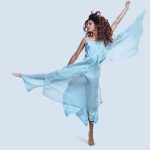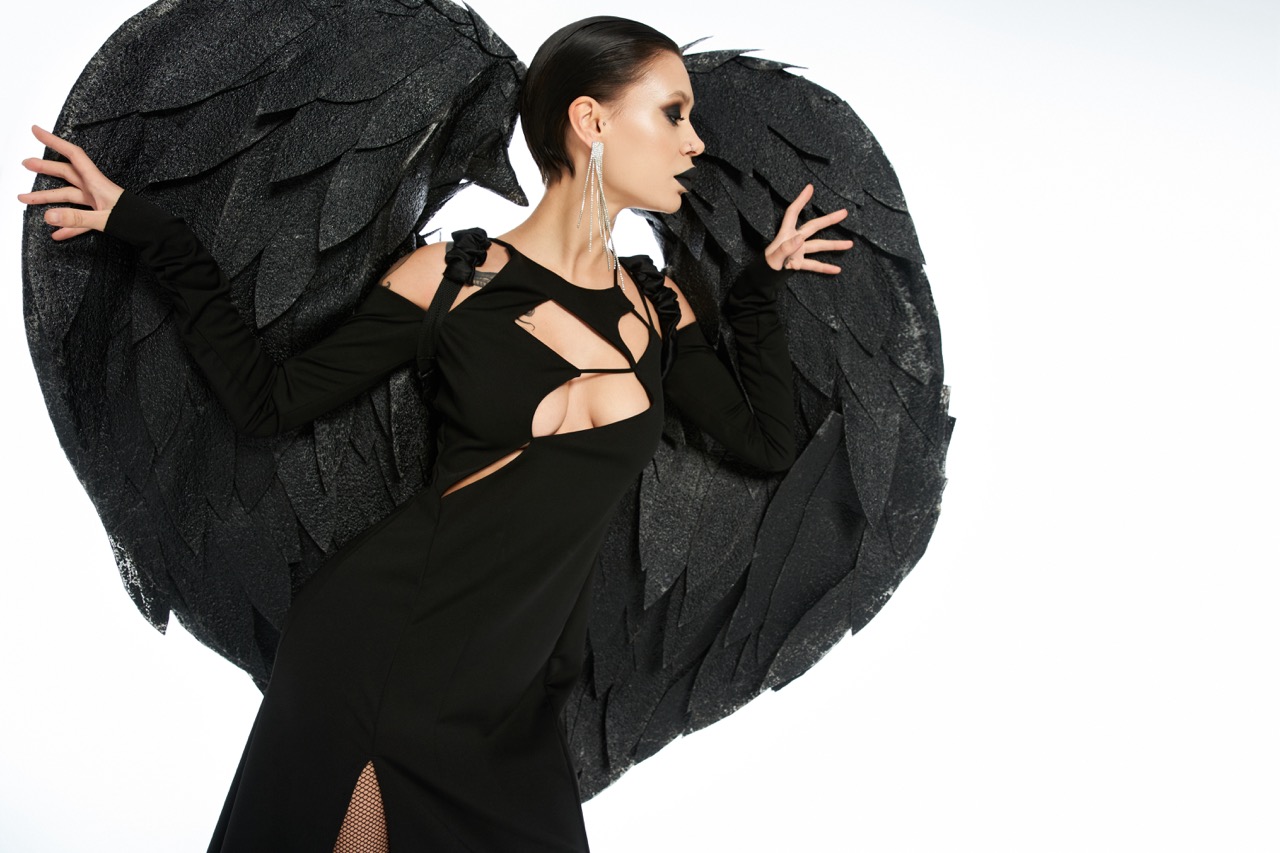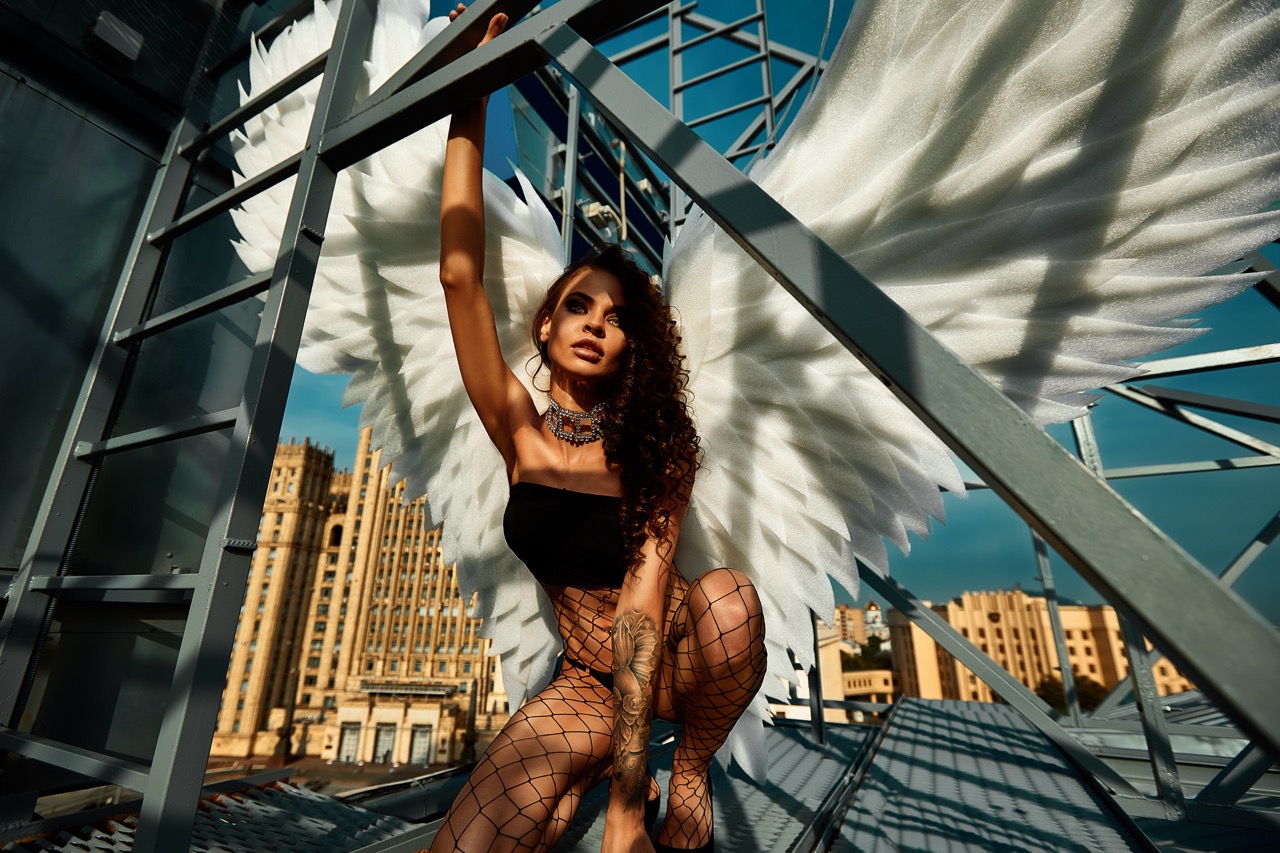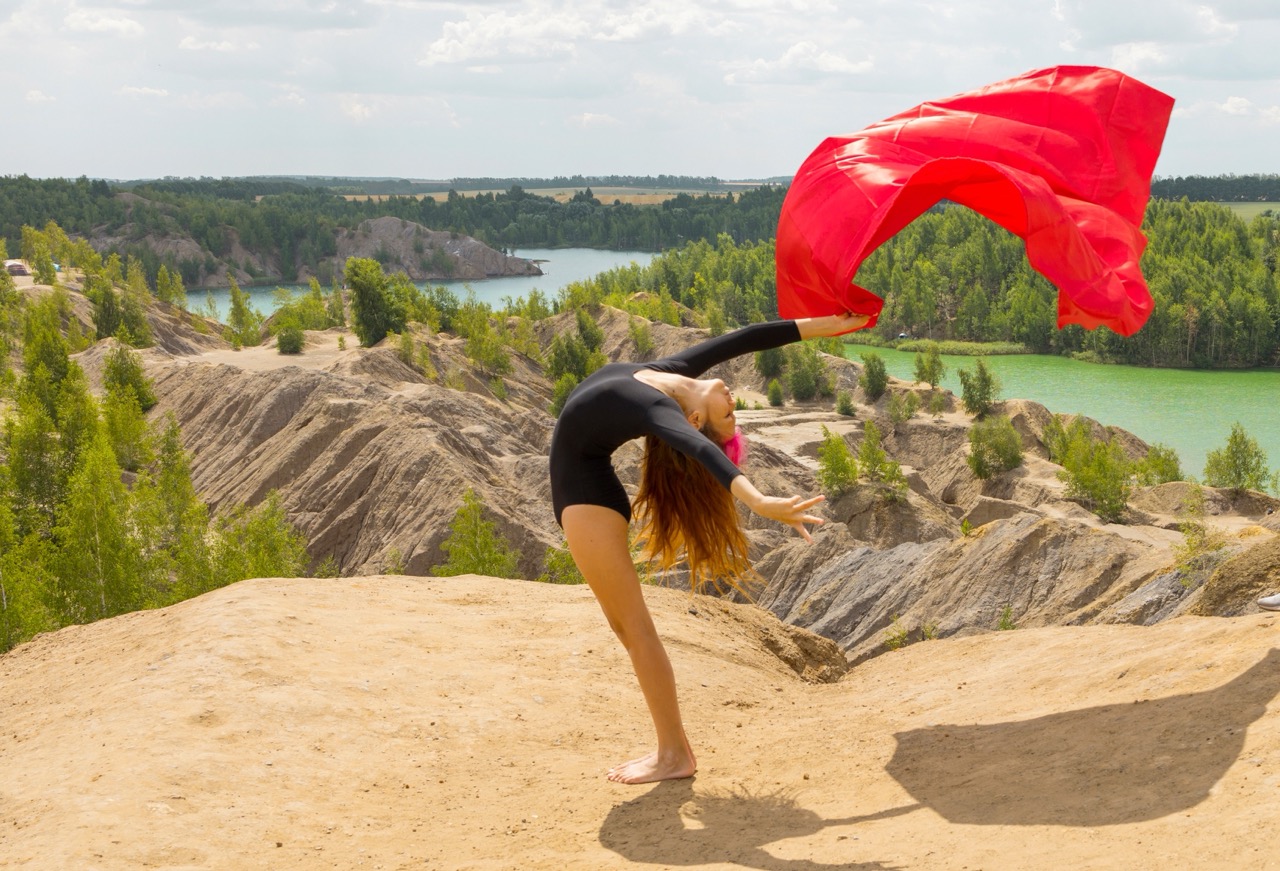In the vibrant world of dance, the aesthetics of movement is complemented by the visual splendor of costumes and accessories. Among these, dance wings have taken center stage, captivating audiences with their fluidity and transformative potential. The evolution of dance wing design has been significantly influenced by the advent of computer graphics, which has enabled designers to explore new realms of creativity and innovation. This article delves into the integral role of computer graphics in the design of dance wings, examining how digital technology bridges the gap between imagination and reality, enhances the design process, and elevates performance.
Unveiling the Art: Computer Graphics in Dance Wing Design
Computer graphics have revolutionized the way artists conceptualize and create dance wings. Traditionally, designers relied on hand-drawn sketches and physical prototypes, which limited their ability to visualize intricate details and dynamic elements. Today, advanced graphic design software allows for the manipulation of shapes, colors, and textures, leading to the creation of stunning visual effects that can be previewed in real-time. This digital canvas not only expands the creative palette but also facilitates experimentation with diverse forms and styles.
Moreover, computer graphics enable designers to simulate how wings will interact with movement and lighting. By utilizing 3D modeling tools, designers can assess the wings’ performance in various dance styles, ensuring that the final product harmonizes with the choreography. This level of precision allows for a deeper exploration of thematic themes, as designers can incorporate symbolic and narrative elements into the wings, enriching the visual storytelling inherent in dance.
The ability to visualize designs through computer graphics also fosters collaboration among artists. Choreographers, costume designers, and technical teams can share digital renderings, making it easier to communicate ideas and refine concepts before moving to the production phase. In this way, computer graphics not only enhance the aesthetic appeal of dance wings but also promote a collaborative environment that encourages innovation and creativity.
Bridging Imagination and Reality: The Digital Revolution
The digital revolution has transformed the landscape of dance wing design, providing artists with tools that bridge the chasm between imagination and reality. With the advent of augmented reality (AR) and virtual reality (VR), designers can immerse themselves in their creations, experiencing firsthand how the wings will look and feel during a performance. This immersive experience allows for a more profound understanding of spatial dynamics, ensuring that the final design aligns with the vision of the choreographer and the emotional intent of the dance.
Furthermore, digital technologies enable the integration of complex patterns and visuals that can be projected onto wings during performances. By employing projection mapping, designers can create dynamic visuals that change in real-time, responding to the dancers’ movements. This innovation not only amplifies the aesthetic appeal but also adds an additional layer of storytelling, creating a multisensory experience for the audience that blurs the lines between reality and imagination.
As the digital landscape continues to evolve, so too does the potential for dance wing design. Emerging technologies such as artificial intelligence (AI) are poised to revolutionize the creative process even further, offering predictive modeling and optimization tools that can enhance design efficiency. The integration of AI in the design workflow not only accelerates the creative process but also opens up new avenues for artistic exploration, empowering designers to push the boundaries of what is possible in dance wing aesthetics.
From Concept to Creation: The Design Process Explored
The journey from concept to creation is a multifaceted process that thrives on the capabilities of computer graphics. Initially, designers begin with brainstorming sessions where ideas are sketched out and discussed. These concepts are then translated into digital formats, where graphic design software allows for the exploration of color palettes, materials, and structural forms. Through iterative feedback loops, designers can refine their ideas, ensuring that each element aligns with the overarching theme of the performance.
Once the visual design is established, computer graphics play a crucial role in prototyping. Designers can generate detailed 3D models that simulate the wings’ physical attributes, allowing for assessments of weight distribution, balance, and flow. This process not only helps in identifying potential challenges prior to physical production but also facilitates collaboration with costume makers who can better understand the designer’s intent. The digital prototype becomes a blueprint that guides the crafting of the actual wings, ensuring fidelity to the original vision.
After the physical wings are constructed, computer graphics continue to play a role in the final stages of preparation. Designers can create instructional videos that demonstrate how to wear and manipulate the wings effectively. This multimedia approach ensures that dancers are well-acquainted with the wings’ dynamics, allowing them to perform with confidence while fully utilizing the visual potential of their costumes. Ultimately, the design process is a harmonious blend of creativity, technology, and collaboration that leads to breathtaking performances.
Enhancing Movement: The Impact of Graphics on Performance
The impact of computer graphics on dance wing design extends far beyond aesthetics; it fundamentally enhances movement during performances. The visual appeal of wings, combined with the fluidity of their design, allows dancers to create a captivating visual spectacle that engages audiences on multiple levels. As wings are manipulated during dance, the interplay of light, shadow, and color creates a dynamic visual tapestry that complements the physicality of the performance.
Moreover, the strategic integration of graphics can influence choreography. Designers and choreographers can collaborate to ensure that the wings enhance key moments in the dance, emphasizing specific movements or emotional highs. The visual elements can serve as cues, guiding the audience’s attention and contributing to the overall narrative. In this way, computer graphics become an integral part of the storytelling process, amplifying the emotional resonance of the performance.
As technology continues to advance, the potential for enhancing movement through graphics will only expand. Innovations such as real-time data tracking and interactive elements could allow for more responsive designs that adapt to a dancer’s movements, creating a truly immersive experience. This evolution not only raises the bar for dance performances but also opens up new avenues for artistic expression and audience engagement, solidifying the role of computer graphics as a transformative force in the world of dance wing design.
In conclusion, computer graphics have become an indispensable tool in the design of dance wings, enabling artists to explore new creative possibilities and push the boundaries of traditional design. By bridging imagination and reality, enhancing the design process, and enriching performances, computer graphics have revolutionized the way dance wings are conceived and executed. As technology continues to evolve, the future of dance wing design promises even more innovation, ensuring that dance remains a captivating fusion of art, technology, and storytelling. The integration of digital creativity into this vibrant art form signifies not only a transformation in design but also a bold step toward a more immersive and engaging experience for artists and audiences alike.










